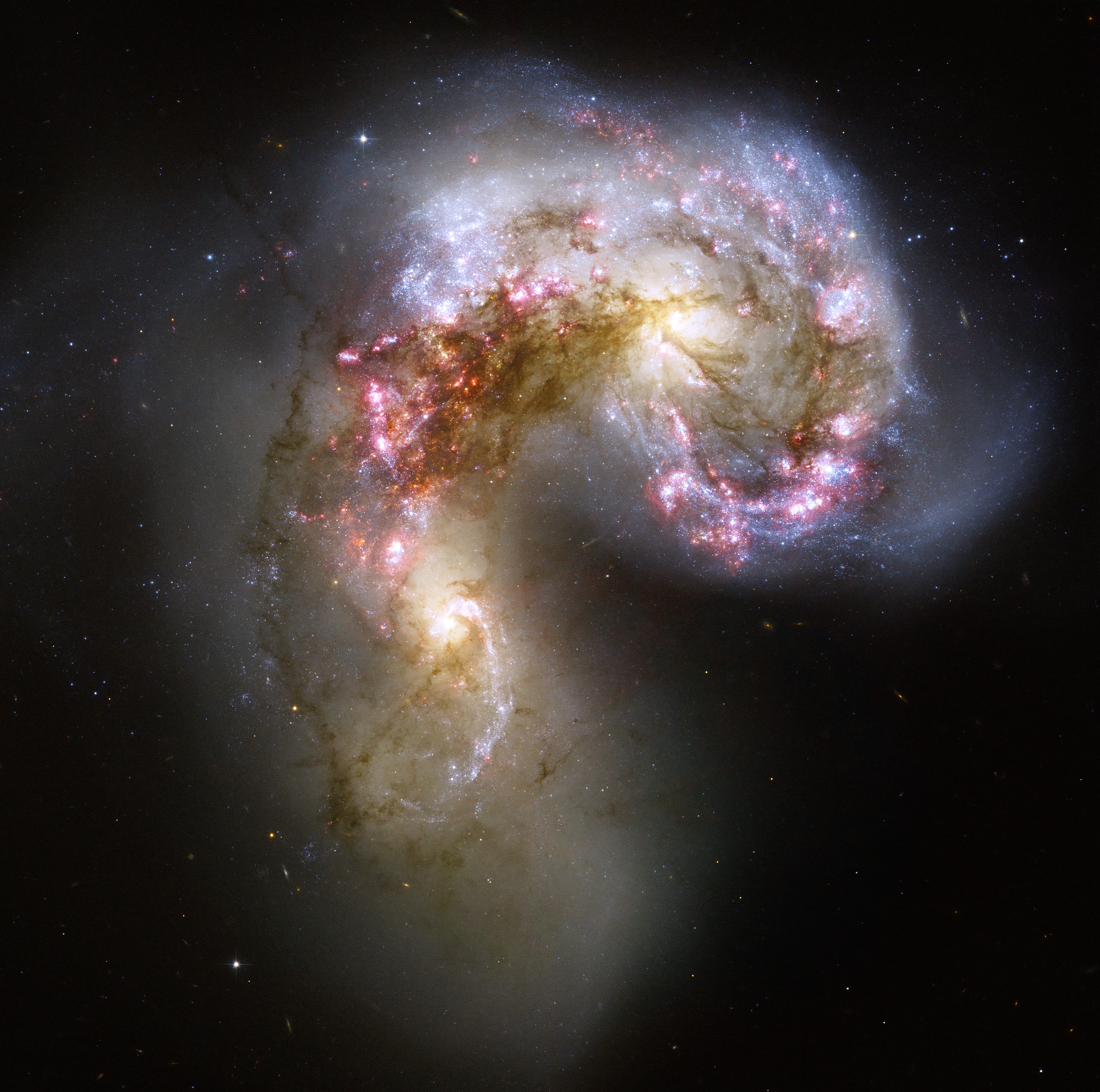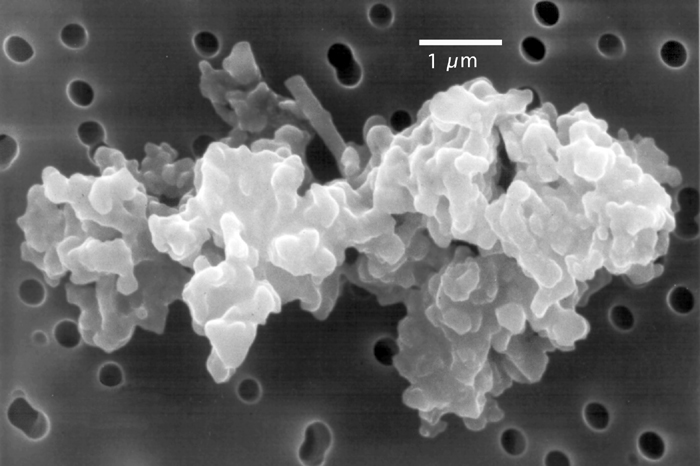|
SN 2024abfl
SN 2024abfl was a Type ll supernova that occurred in the starburst barred spiral galaxy NGC 2146 about 41 million light years from Earth in the constellation of Camelopardalis. The progenitor of the SN 2024abl supernova was a typical red supergiant (RSG)star that was slightly reddened by interstellar dust Cosmic dustalso called extraterrestrial dust, space dust, or star dustis dust that occurs in outer space or has fallen onto Earth. Most cosmic dust particles measure between a few molecules and , such as micrometeoroids (30 μm). Cosmic dust can .... The initial mass of this star was likely somewhere between 9-12 solar masses. References {{Reflist Supernovae ... [...More Info...] [...Related Items...] OR: [Wikipedia] [Google] [Baidu] |
Red Supergiant
Red supergiants (RSGs) are stars with a supergiant luminosity class ( Yerkes class I) and a stellar classification K or M. They are the largest stars in the universe in terms of volume, although they are not the most massive or luminous. Betelgeuse and Antares A are the brightest and best known red supergiants (RSGs), indeed the only first magnitude red supergiant stars. Classification Stars are classified as supergiants on the basis of their spectral luminosity class. This system uses certain diagnostic spectral lines to estimate the surface gravity of a star, hence determining its size relative to its mass. Larger stars are more luminous at a given temperature and can now be grouped into bands of differing luminosity. The luminosity differences between stars are most apparent at low temperatures, where giant stars are much brighter than main-sequence stars. Supergiants have the lowest surface gravities and hence are the largest and brightest at a particular temperature. ... [...More Info...] [...Related Items...] OR: [Wikipedia] [Google] [Baidu] |
Camelopardalis
Camelopardalis is a large but faint constellation of the northern sky representing a giraffe. The constellation was introduced in 1612 or 1613 by Petrus Plancius. Some older astronomy books give Camelopardalus or Camelopardus as alternative forms of the name, but the version recognized by the International Astronomical Union matches the genitive form, seen suffixed to most of its brighter stars. Etymology First attested in English in 1785, the word ''camelopardalis'' comes from Latin, and it is the romanization of the Greek "καμηλοπάρδαλις" meaning "giraffe", from "κάμηλος" (''kamēlos''), "camel" + "πάρδαλις" (''pardalis''), "spotted", because it has a long neck like a camel and spots like a leopard. Features Stars Although Camelopardalis is the 18th largest constellation, it is not a particularly bright constellation, as the brightest stars are only of fourth magnitude. In fact, it only contains four stars brighter than magnitude 5.0. * α Cam ... [...More Info...] [...Related Items...] OR: [Wikipedia] [Google] [Baidu] |
NGC 2146
NGC 2146 (also known as the Dusty Hand Galaxy) is a barred spiral galaxy type SB(s)ab pec in the constellation Camelopardalis. The galaxy was discovered in 1876 by Friedrich August Theodor Winnecke. It has a diameter of 80,000 lyr. The galaxy's most conspicuous feature is the dusty lanes of a spiral arm lying across the core of the galaxy as seen from Earth, the arm having been bent 45 degrees by a close encounter with a smaller galaxy possibly NGC 2146a about 0.8 billion years ago. This close encounter is credited with the relatively high rates of star formation that qualify NGC 2146 as a starburst galaxy. Supernovae NGC 2146 has been host to three known supernova events: * ''SN 2005V'' ( typeIb/c, mag. 16), discovered by LIRIS on 30 January 2005. * ''SN 2018zd'' ( typeII, mag. 17.8) is possibly a type IIn and might be the first electron-capture supernova, and was discovered on 2 March 2018 by Kōichi Itagaki is an amateur astronomer based in Yamagata, the capital city of ... [...More Info...] [...Related Items...] OR: [Wikipedia] [Google] [Baidu] |
Supernova
A supernova (: supernovae or supernovas) is a powerful and luminous explosion of a star. A supernova occurs during the last stellar evolution, evolutionary stages of a massive star, or when a white dwarf is triggered into runaway nuclear fusion. The original object, called the ''progenitor'', either collapses to a neutron star or black hole, or is completely destroyed to form a diffuse nebula. The peak optical luminosity of a supernova can be comparable to that of an entire galaxy before fading over several weeks or months. The last supernova directly observed in the Milky Way was Kepler's Supernova in 1604, appearing not long after Tycho's Supernova in 1572, both of which were visible to the naked eye. The supernova remnant, remnants of more recent supernovae have been found, and observations of supernovae in other galaxies suggest they occur in the Milky Way on average about three times every century. A supernova in the Milky Way would almost certainly be observable through mo ... [...More Info...] [...Related Items...] OR: [Wikipedia] [Google] [Baidu] |
Starburst Galaxy
A starburst galaxy is one undergoing an exceptionally high rate of star formation, as compared to the long-term average rate of star formation in the galaxy, or the star formation rate observed in most other galaxies. For example, the star formation rate of the Milky Way galaxy is approximately 3 M☉/yr, while starburst galaxies can experience star formation rates of 100 M☉/yr or more. In a starburst galaxy, the rate of star formation is so large that the galaxy consumes all of its gas reservoir, from which the stars are forming, on a timescale much shorter than the age of the galaxy. As such, the starburst nature of a galaxy is a phase, and one that typically occupies a brief period of a galaxy's evolution. The majority of starburst galaxies are in the midst of a merger or close encounter with another galaxy. Starburst galaxies include M82, NGC 4038/NGC 4039 (the Antennae Galaxies), and IC 10. Definition Starburst galaxies are defined by these three interrelated factor ... [...More Info...] [...Related Items...] OR: [Wikipedia] [Google] [Baidu] |
Earth
Earth is the third planet from the Sun and the only astronomical object known to Planetary habitability, harbor life. This is enabled by Earth being an ocean world, the only one in the Solar System sustaining liquid surface water. Almost all of Earth's water is contained in its global ocean, covering Water distribution on Earth, 70.8% of Earth's crust. The remaining 29.2% of Earth's crust is land, most of which is located in the form of continental landmasses within Earth's land hemisphere. Most of Earth's land is at least somewhat humid and covered by vegetation, while large Ice sheet, sheets of ice at Polar regions of Earth, Earth's polar polar desert, deserts retain more water than Earth's groundwater, lakes, rivers, and Water vapor#In Earth's atmosphere, atmospheric water combined. Earth's crust consists of slowly moving tectonic plates, which interact to produce mountain ranges, volcanoes, and earthquakes. Earth's outer core, Earth has a liquid outer core that generates a ... [...More Info...] [...Related Items...] OR: [Wikipedia] [Google] [Baidu] |
Constellation
A constellation is an area on the celestial sphere in which a group of visible stars forms Asterism (astronomy), a perceived pattern or outline, typically representing an animal, mythological subject, or inanimate object. The first constellations were likely defined in prehistory. People used them to relate stories of their beliefs, experiences, creation myth, creation, and mythology. Different cultures and countries invented their own constellations, some of which lasted into the early 20th century before today's constellations were internationally recognized. The recognition of constellations has changed significantly over time. Many changed in size or shape. Some became popular, only to drop into obscurity. Some were limited to a single culture or nation. Naming constellations also helped astronomers and navigators identify stars more easily. Twelve (or thirteen) ancient constellations belong to the zodiac (straddling the ecliptic, which the Sun, Moon, and planets all traver ... [...More Info...] [...Related Items...] OR: [Wikipedia] [Google] [Baidu] |
Red Supergiant
Red supergiants (RSGs) are stars with a supergiant luminosity class ( Yerkes class I) and a stellar classification K or M. They are the largest stars in the universe in terms of volume, although they are not the most massive or luminous. Betelgeuse and Antares A are the brightest and best known red supergiants (RSGs), indeed the only first magnitude red supergiant stars. Classification Stars are classified as supergiants on the basis of their spectral luminosity class. This system uses certain diagnostic spectral lines to estimate the surface gravity of a star, hence determining its size relative to its mass. Larger stars are more luminous at a given temperature and can now be grouped into bands of differing luminosity. The luminosity differences between stars are most apparent at low temperatures, where giant stars are much brighter than main-sequence stars. Supergiants have the lowest surface gravities and hence are the largest and brightest at a particular temperature. ... [...More Info...] [...Related Items...] OR: [Wikipedia] [Google] [Baidu] |
Cosmic Dust
Cosmic dustalso called extraterrestrial dust, space dust, or star dustis dust that occurs in outer space or has fallen onto Earth. Most cosmic dust particles measure between a few molecules and , such as micrometeoroids (30 μm). Cosmic dust can be further distinguished by its astronomical location: intergalactic dust, interstellar dust, interplanetary dust (as in the zodiacal cloud), and circumplanetary dust (as in a planetary ring). There are several methods to obtain space dust measurement. In the Solar System, interplanetary dust causes the zodiacal light. Solar System dust includes comet dust, planetary dust (like from Mars), asteroidal dust, dust from the Kuiper belt, and interstellar dust passing through the Solar System. Thousands of tons of cosmic dust are estimated to reach Earth's surface every year, with most grains having a mass between 10−16 kg (0.1 pg) and 10−4 kg (0.1 g). The density of the dust cloud through which the Earth is traveling is approximately ... [...More Info...] [...Related Items...] OR: [Wikipedia] [Google] [Baidu] |





